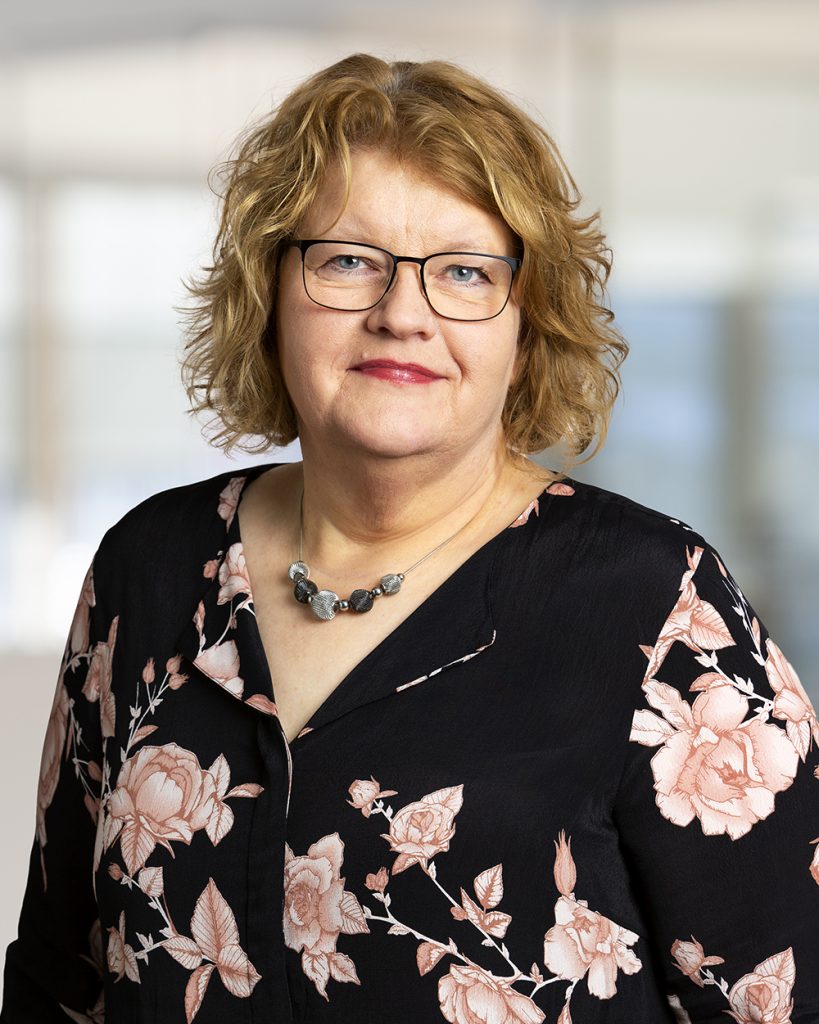This story begins with Herman, a Norwegian guy who started his career at Ford, literally a hundred years ago. World War II among other things took him to Sweden and Vänersborg, where he invented a durable and safe truck coupling in 1951. This invention became the foundation for his company Vänersborgskopplingen which he ran from his basement.
Herman suffered from asthma, which is actually an important part of the story. Twenty years later, when he handed over his company to younger forces, he set up three funds, of which Herman Krefting’s fund for allergy and asthma research was the largest. VBG Group has been listed on Nasdaq Stockholm since 1987, but the three funds are still the main owners.
Today, VBG Group has grown into a global industrial group with 1,500 employees in 17 countries. Herman probably didn’t think in terms of circular economy when he created durable couplings that would be safe, robust and easy to service and repair, but his philosophy remains in the company.
When VBG Group made the decision to strengthen its focus on sustainability last year, they asked Greengoat for support.
“We were not looking for resource consultants; we want to do the job ourselves. What we were looking for was competence and someone who can help us move forward. We found that at Greengoat,” says Christina Holgerson, SVP HR & Corporate Responsibility with responsibility for, among other things, sustainability at VBG Group.
Christina, why is sustainability such a hot topic right now?

For us, it started with Herman, 70 years ago. We have found notes from the time when he emphasizes sustainability, road safety and robust constructions. It has always been important. But we are a listed company and with that comes demands for structure and comparability, we need to take the EU Taxonomy in account and also create common working methods and reporting structures for the whole group.
In addition, many of us will retire in about ten years and those who come after us are in their twenties today. For them, sustainability is a natural part of life. It must be a natural part of the industry as well and we are not there today. It’s about survival of the company and being able to recruit the best people.
What are the greatest opportunities in your opinion?
We want to be an attractive company to work for, to buy from and collaborate with, to invest in, to own, but also for the society as such. We are simply building for the future. We are a global and decentralized organization, which I see as a great strength. When we now train our management teams in all divisions in sustainability, we get a huge leverage and many ambassadors who can push the issue and create commitment in the company.
What are the greatest challenges?
To get everyone onboard and to organize ourselves to ensure that we focus on the right things. We are a very lean organization and need to use our resources efficiently. The work we are doing now with reporting will pay off in the long run, but it is a challenge right now. Another challenge is that there are different levels of focus on sustainability in different countries. Europe, Canada and parts of the United States have full focus, but many countries and areas have other challenges that rank higher. It will be a challenge for us.
How have you organized your sustainability work?
Our headquarters is very small. The work takes place in the divisions, so we have created a sustainability council with representatives from Group management, our divisions and business units. They are responsible for pursuing the actions we decide in the council. It works really well!
What’s your next step?
We have just trained about 50 managers in sustainability to get a common foundation. The next step is to run a thorough materiality analysis and start measuring greenhouse gases throughout the company. We start with our own emissions but will do a screening of the entire value chain. Anchoring in the organization is central. We want our employees to be proud of what we do and know how to contribute. They should feel confident that we live up to our promises. There are no empty words. We stand for what we say.
Do you have any tips to give to other companies?
- Spend time and energy mapping your stakeholders, talking to them, finding out what is important to them. Make a materiality analysis and use the outcome to identify what you should focus on.
- Start inventing what you already do in terms of sustainability, what facts, metrics and other things that are already available. You will probably realize that you have a lot more than you initially think.
- Set up a simple reporting structure to begin with. We reported in Excel for the first five years, and it has worked fine.

